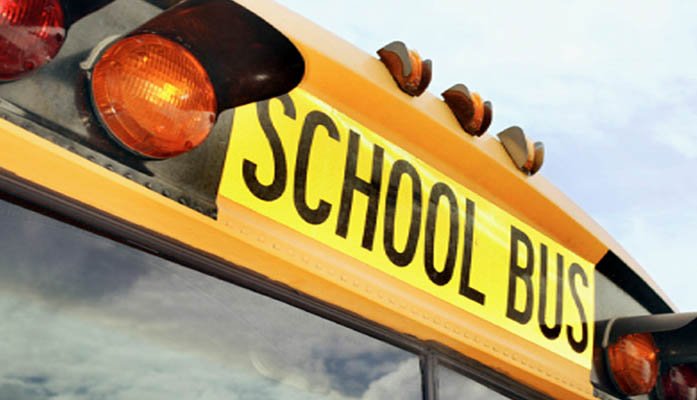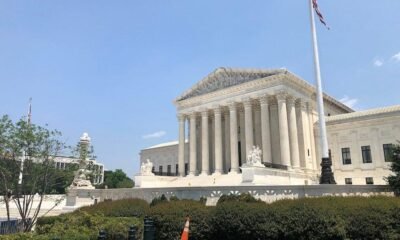cell phone ban
TOM PATTERSON: Broken Rules and Misplaced Compassion Are Harming Our Most Vulnerable Students

By Dr. Thomas Patterson |
Disparities in academic performance between inner-city schools and those in affluent areas provoke critical questions. While cities like Chicago and Baltimore are often highlighted for their struggling schools, where students frequently lack even basic proficiency in math and reading, the reasons behind these gaps merit deeper examination.
It might be tempting to attribute these disparities to funding disparities. However, the prevailing evidence suggests otherwise. Historically, public school funding has relied heavily on local property taxes, advantaging wealthier districts. Yet today, the funding landscape is intricate, combining federal, state, and local contributions that challenge traditional assumptions about resources.
A recent Urban Institute study found that, when accounting for various funding sources, nearly all states allocate more money per student to economically disadvantaged children than to their wealthier peers. Furthermore, research from esteemed institutions like Harvard and Stanford indicates a weak correlation between additional spending and improved student achievement, revealing a mere 0.1% increase in standardized scores for every additional $1,000 spent per pupil.
This raises ethical questions about our obligation to increase funding if it does not foster greater achievement. Instead, a more promising avenue of inquiry lies in the effective utilization of available resources. Education researcher Jay Greene emphasizes that inefficient schools tend to prioritize administrative staffing over instructional roles, potentially undermining student outcomes.
Successful schools often focus squarely on student learning, distancing themselves from popular yet ineffective educational trends. For instance, California educators recently advised against early algebra courses, following a proposal for an “equity-based” curriculum. Meanwhile, the detrimental effects of “context-based” reading instruction have been acknowledged, culminating in the closure of an influential program at Columbia University in 2023 in favor of traditional phonics.
The pandemic-induced school closures, heavily influenced by teacher unions, disproportionately affected students from low-income backgrounds, exacerbating existing educational inequalities. As demonstrated, the negative impact was more pronounced among public school students compared to their peers in private institutions or wealthier districts.
The increasing prevalence of cellphone bans in schools marks another response to changing educational realities. After years of lenient policies regarding cellphone usage, educators are beginning to recognize the detrimental effects of excessive screen time on students’ focus and mental health. According to advisories from the Surgeon General and UNESCO, increased cellphone use tends to correlate with academic distraction, social isolation, and rising rates of adolescent mental health issues.
Although eight states and various school districts have initiated cellphone bans, the regulations often prove inadequately stringent. In California, for example, the law only mandates schools to consider limiting cellphone use by 2026, allowing significant loopholes that undermine enforcement. Other states, like Florida, restrict bans to classroom settings alone.
In contrast, private and high-performing public schools typically implement stricter, comprehensive cellphone policies, promoting clearer guidelines for both educators and students. Unfortunately, lower-income students frequently experience misguided compassion and lowered expectations, perpetuating a cycle of educational inequity.
Dr. Thomas Patterson, former Chairman of the Goldwater Institute, is a retired emergency physician and served as an Arizona State senator for a decade in the 1990s, including a term as Majority Leader from 1993 to 1996. He is also the author of Arizona’s original charter schools bill.


















